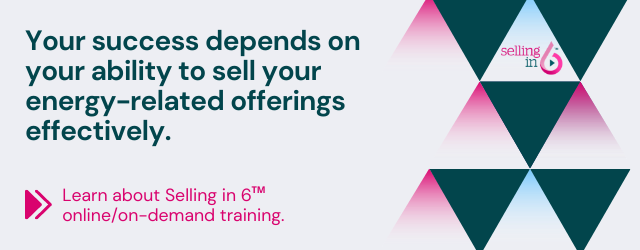One of the topics I’m frequently asked about is how to follow-up with customers. It takes careful planning, energy, and investment to find and court new prospects; however, businesses often miss the boat when it comes to maintaining a relationship with their customer after the sale is made. In the long run these hard-fought victories can become swift losses!
According to Joey Coleman, author of Never Lose a Customer Again, 20-70% of our repeat business is lost within 100 days after a sale. Customers experience doubt, buyer’s remorse or don’t feel as appreciated once the money has left their bank account. If there isn’t a relationship with the company providing them a product or service, what will ensure that they’ll buy from the company again? What can you offer them to keep the door open and assuage their doubts?

Coleman lays out an eight-phase sales cycle charting your customer’s actions and emotional needs. The book offers a narrative for each step, with supplemental exercises and advice on whichever communication tactic you are using (email, phone, text, in-person, snail mail and so on). With some careful study and practice, you’ll become an expert on guiding your customers through a sale as well as keeping them happy and informed.
Here is the summary on Amazon:
“Award-winning speaker and business consultant Joey Coleman teaches audiences and companies all over the world how to turn a one-time purchaser into a lifelong customer.
“Coleman's theory of building customer loyalty isn't about focusing on marketing or closing the sale: It's about the First 100 Days® after the sale and the interactions the customer experiences.
“While new customers experience joy, euphoria, and excitement, these feelings quickly shift to fear, doubt, and uncertainty as buyer's remorse sets in. Across all industries, somewhere between 20%-70% of newly acquired customers will stop doing business with a company within the first 100 days of being a new customer because they feel neglected in the early stages of customer onboarding.
“In Never Lose a Customer Again, Coleman offers a philosophy and methodology for dramatically increasing customer retention and as a result, the bottom line. He identifies eight distinct emotional phases customers go through in the 100 days following a purchase. From an impulse buy at Starbucks to the thoughtful purchase of a first house, all customers have the potential to experience the eight phases of the customer journey. If you can understand and anticipate the customers' emotions, you can apply a myriad of tools and techniques -- in-person, email, phone, mail, video, and presents -- to cement a long and valuable relationship.”







